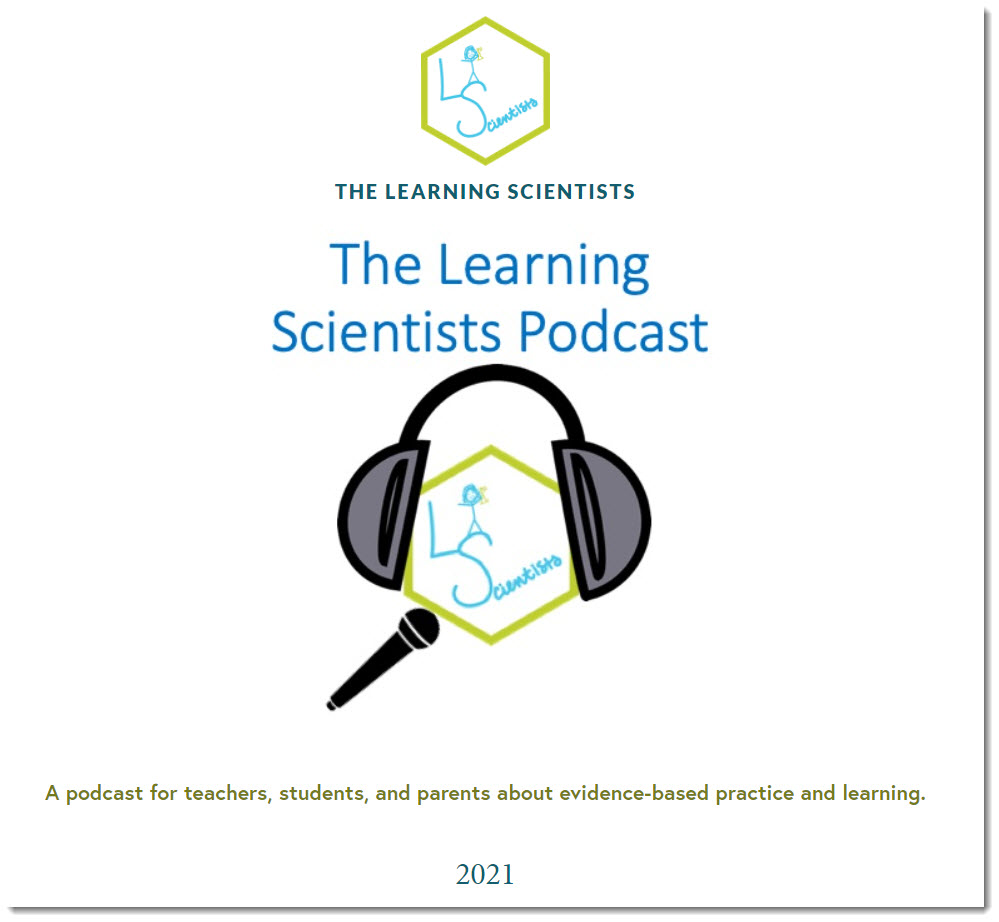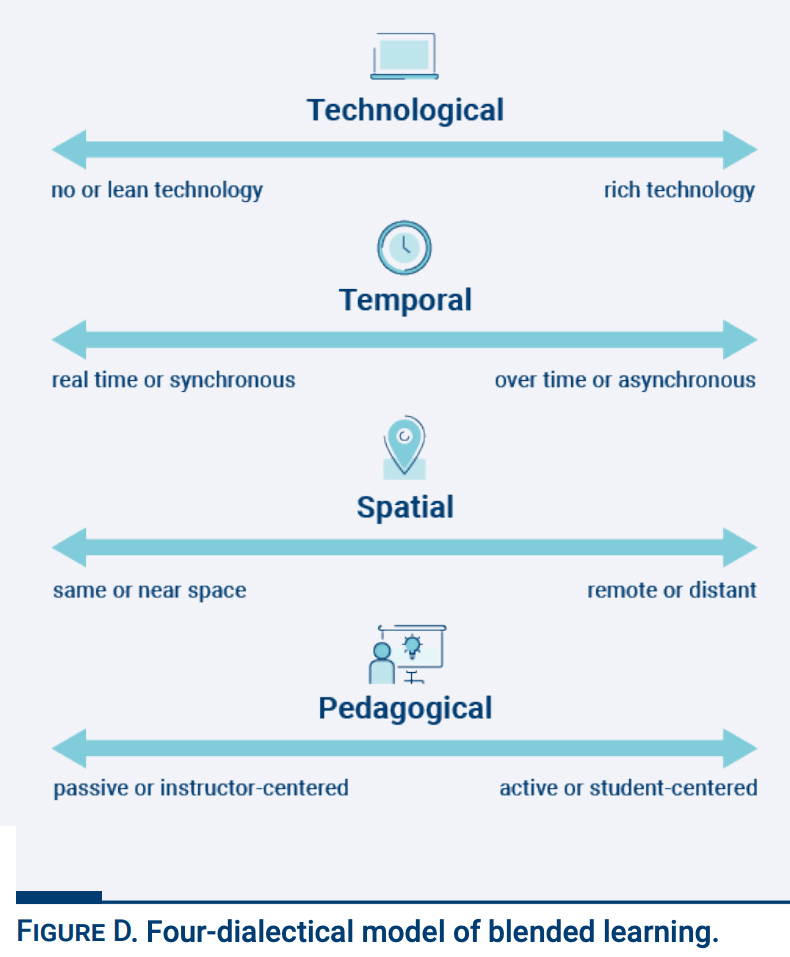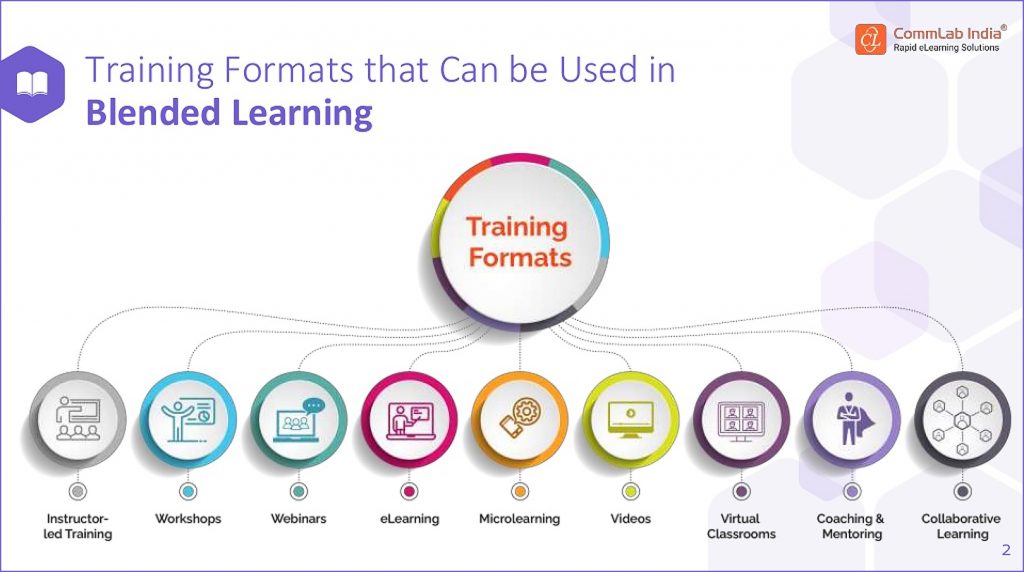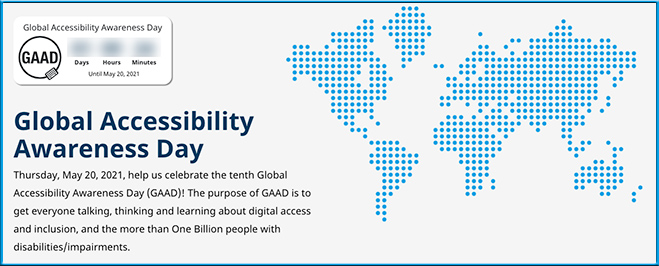How corporate universities fit into hybrid learning strategies of the future — from chieflearningofficer.com by Andie Burjek
While the onset of the pandemic challenged many organizations’ learning strategies, many companies have learned the true value of their brick-and-mortar facilities.
Excerpt:
Part of what KPMG did to accomplish this was break down its learning programs into component parts, he added. For example, one of their popular audit programs was broken down into parts like readings, coaching sessions, guided practices and more. These are known as “road maps.” The learning organization found that this was an effective way to convert in-person learning and maintain the quality and effectiveness of the learning.
“We will continue to leverage those roadmaps for a more holistic learning experience [and] to deliver on the promise of a blended learning experience,” Muñoz says.
“[Deloitte University] will continue to be an important part of our strategy, but our total mix will change in how we leverage the other modalities going forward,” Dingler says. “It will be a more purposeful, strategic and integrated mix than what they were in the past.”















